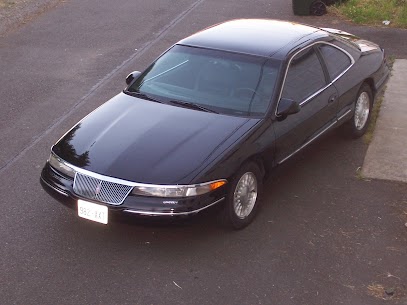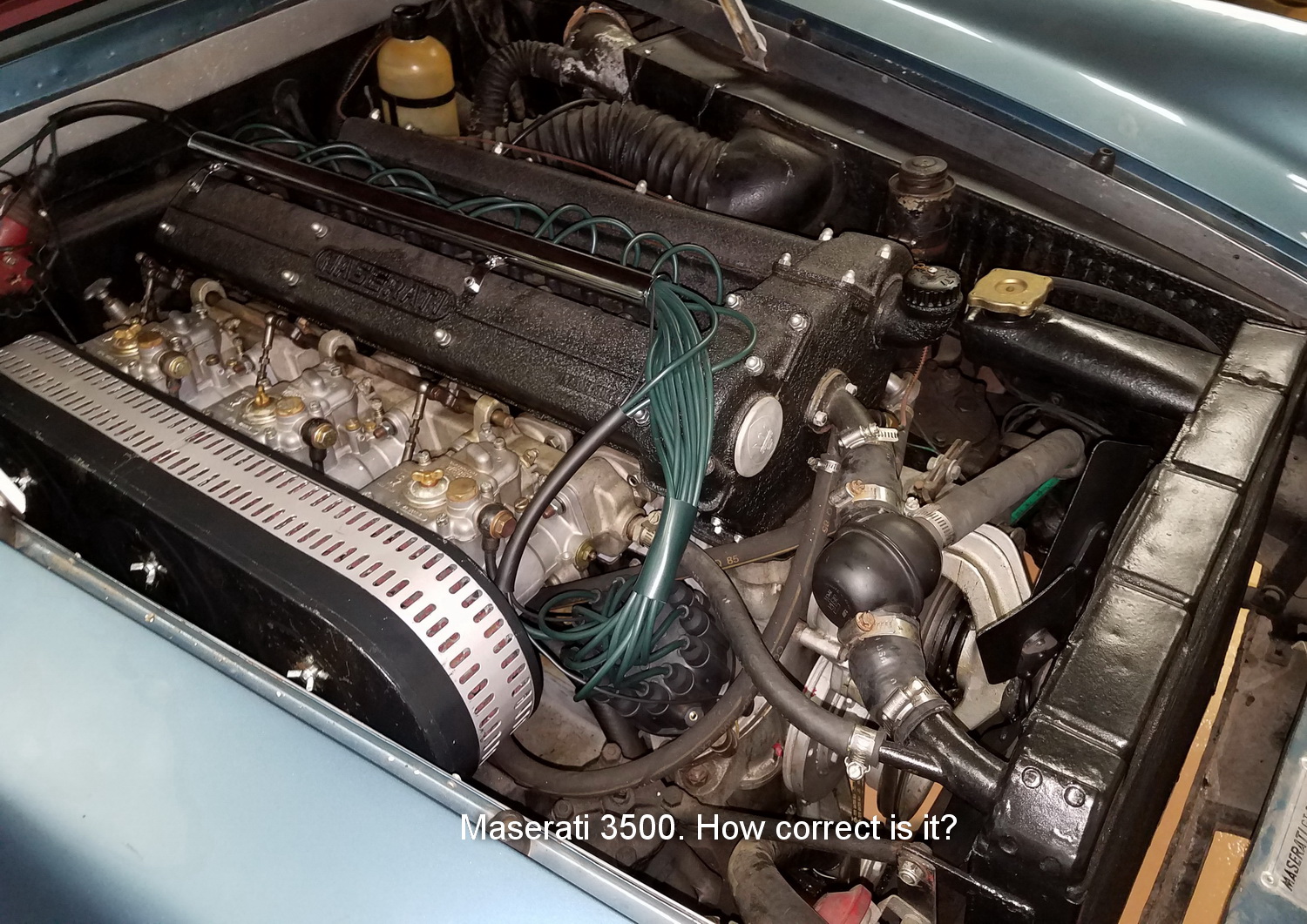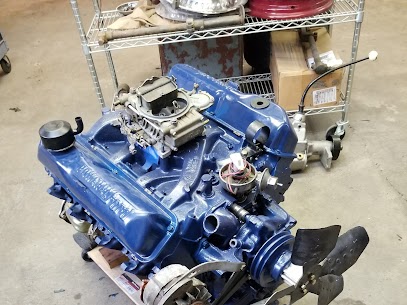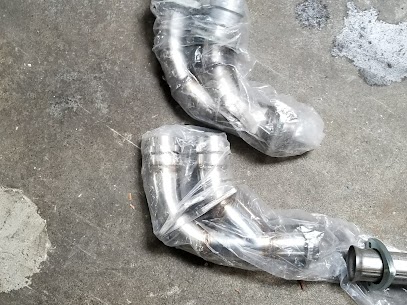


There was a group on a Mercedes 190sl forum that went on aboutr the correct thread color on the fuel lines. It was a heated multi-week discussion with ton of owners weighing in. It was surprising it didn't make the news.
It eventually boiled down to the manufacturer choice. Blue happened to be for brake lines and red for fuel. There is no uniform color coating for antique cloth style hose. Nowadays, there is a DIN number with the rating and description on the entire length of the hose. Needless to say, this went on for days. No answer was good enough, and no one could let it go.
Really, the only people that are most likely to know are the technicians who worked on them in the day, and the workers at the factory in 1955. Does it really matter? Well, on a 10 million dollar Ferrari, yes it probably does. On a 1979 BMW, probably not, but now it's in question.
What happens is that people spend a lot of money trying to be factory correct and then get upset when it doesn't up the value for the full amount spent. On lower value cars, to be honest, it's playing horseshoes and hand grenades and close does in fact count. The first thing an appraiser does with new parts is figure out what they're NOT worth. A good rule of thumb that gets the value close is retail and labor, deduct 30 to 40% and you've got your number. Not in all cases, but in many.

Another point is that many manufacturers use different suppliers for the same exact part, so it may be that the same car could have two different manufacturers for the same part, and both are correct.
British cars on the other hand are different. Parts are bought by the date of manufacture on many models because their system was to buy from the same manufacturer and make it fit the car. So, a sprite may have the same alternator pulley as Jaguar. It just depends on the day you bought it.
Italian cars kind of the same thing. You will find the same door handles, lights, gauges etc. on Ferrari as you find on Fiat and Alfa. This is learned mostly from experience. Appraisers will know the difference. Porsche and VW are different. VW parts may fit Porsche, but the Porsche part is much higher quality.
Ford Chevrolet and Chrysler? We shouldn't go there, but briefly. Intake manifolds with different casting numbers may be quite different, that's possible. Exhaust manifolds, not so much. Identical bell housings with the casting number facing inward against the transmission? Yeah, well don't expect that one to get checked. It's of relative importance, it's not a deal breaker. Hunt one down later if it's keeping you awake at night. Enough said.
Why devalue parts and labor aside from parts no longer being new? There are a couple of reasons here also. One is the markup on parts. You don't even want to know how much it is. Suffice to say, 40% isn't even close. That would be so called wholesale.



Comments